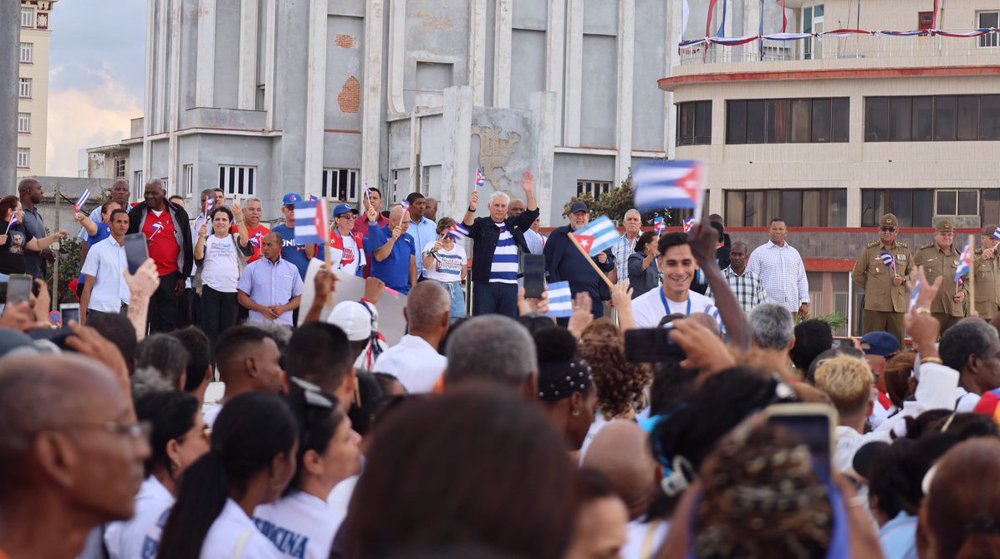Flooding displaces 5,000 people in Bolivia
Major flooding has forced at least 5,000 people to evacuate their homes in northern Bolivia after the river Acre burst its banks.
Heavy rains, which often happen in Bolivia’s Amazon regions from January to March, caused the flow of Acre river to reach a record of 15.5 meters high and forced the evacuation of residents in Cobija, the capital of the northern department of Pando, which is divided into five provinces.
During his tour to the disaster-hit area, Bolivian Vice President Alvaro Garcia Linera said that the government would help to relocate the residents of the neighborhoods located closest to the river.
A state of emergency is in place in Pando and classes are suspended. There has been no report on the deaths or injuries by the floods.
Flooding happens regularly in the region, but recent rains have been significantly heavy.
On Friday, the Acre began to overflow due to continuous rains also falling in neighboring Peru.

The flooding also seriously hit San Pedro de Bolpebra, which is located on the border with Peru and Brazil, some 136 kilometers (84 miles) off Cobija.
“The river waters rose to 14 meters above their normal level, so between the community and the authorities we have decided to rebuild a new town to avoid more damage,” announced the town’s mayor, Romulo Terrazas.
Bolivia’s ministry of civil defense said on Wednesday that a new batch of humanitarian aid, including mattresses, mosquito nets, medicines and rescue equipment, would be distributed to help the flood victims.
The Bolivian army has also prepared 19 shelters for families displaced by flooding.
In February 2014, the South American country also witnessed ceaseless downpours that caused what was called the worst floods in 60 years, killing 56 people and 150,000 cattle, destroying more than 43,000 hectares of cultivated land and affecting 58,000 families.
MAK/AS/MHB
VIDEO | Conference in Islamabad explores Pakistan-Iran ties
Hamas condemns Israeli evacuation order of Indonesian Hospital
VIDEO | Yemen resistance remains resolute
'Easy target': Yemen warns 4th US carrier within reach
Iran military awarded $40 mln worth of vessel building contracts
‘These kids need to be killed’: Shocking details of Israeli brutalities in Gaza
Yemen faces ‘highest burden’ of cholera globally: WHO
Settlement expansion proves Israel cannot be trusted for any peace deal: Hamas










 This makes it easy to access the Press TV website
This makes it easy to access the Press TV website